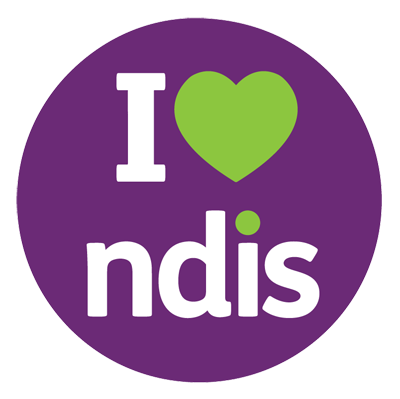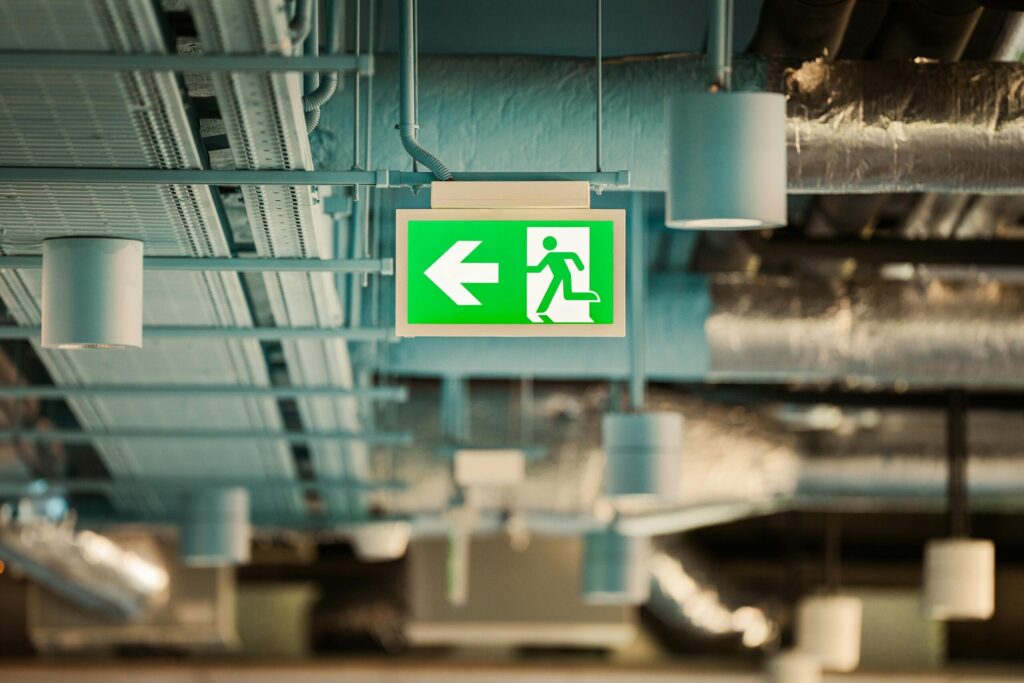Emergencies in healthcare and aged care settings can unfold quickly, and when they do, staff need to act fast while keeping patients and themselves safe. From fire evacuations, a broken elevator system to urgent patient transfers, using the right emergency patient handling equipment makes all the difference in reducing injury risks and ensuring the best possible outcomes.
Since 2007 Safety & Mobility has provided trusted solutions to help facilities prepare for critical moments with equipment designed for efficiency, reliability, and patient safety. Emergency patient handling and safety equipment is our area of expertise and we are proud to offer a range of products to suit most needs.
Why Emergency Patient Handling Equipment Matters
In an emergency, the instinct is often to move patients manually. However, manual handling—especially under pressure—poses serious risks:
- For patients: rushed or unsafe movement can lead to falls, skin tears, fractures, or worsening of existing injuries.
- For staff: lifting or carrying patients without the right tools increases the chance of back injuries, sprains, and other injuries.
In worst case scenarios, it can mean a failed evacuation during an emergency which could pose serious risks to patients and staff.
Emergency situations may include:
- Falls that require safe repositioning or transfer to a bed or chair.
- Fire evacuations where patients must be moved quickly down stairs or through corridors.
- Urgent transfers when a patient’s medical condition changes and immediate relocation is required.
Having the proper patient transfer and handling equipment ready helps carers act quickly and safely and all situations.
Key Types of Emergency Handling Equipment
Facilities benefit from keeping a variety of emergency patient handling tools available. Some of the most essential tools include:
- Evacuation Chairs – Designed for stairways, evacuation chairs enable safe and controlled descent (or ascent in powered models) during fire or building evacuations.
- Evacuation Sheets – These lightweight devices are fitted to the mattresses under regular bedding and allow staff to move non-ambulant patients quickly in emergencies.
- Patient Transfer Devices – Slide sheets, transfer boards, and other aids reduce friction and make lateral transfers safer and easier.
- Hoists & Lifting Devices – Vital for patients with limited mobility or bariatric needs, hoists reduce physical strain on carers while ensuring dignity and comfort for patients.
Explore our full range of emergency and evacuation equipment to see which options best suit your facility.
Safety Benefits for Patients and Carers
The right emergency handling equipment provides dual protection. For patients it prevents secondary injuries during urgent moves, supports mobility limitations, and preserves dignity in stressful moments. For staff it minimises lifting and awkward movements, reducing the likelihood of musculoskeletal injuries— one of the most common workplace hazards in healthcare. With proper tools, carers can focus on care, not the risks of physical strain.
In addition, for facilities using emergency patient handling equipment may demonstrate adherence to healthcare safety standards and the prioritisation of patient and staff safety.
Choosing the Right Equipment for Your Facility
Every facility has different needs. When selecting emergency patient handling equipment is it important to consider some of the below points.
- Facility size and layout – Narrow hallways, multiple floors, and stair access all influence equipment choice.
- Patient mobility levels – Some patients can walk with support, while others require full assistance or bariatric solutions.
- Staff training and numbers – Equipment should match staff capabilities and be intuitive under pressure.
- Bariatric support needs – Ensure your facility has hoists and chairs designed for safe handling of larger patients.
In addition, ensuring that your facility has knowledgeable patient and manual handling experts as part of its care team can help ensure the right equipment is available and proper training is provided.
Partnering with a reliable supplier ensures not only access to quality products but also guidance on the best fit for your environment. Visit our homepage to learn more about our expertise in safety and mobility solutions.
Training and Preparedness in Emergencies
Even the best equipment is only effective if staff know how to use it. Ongoing training and preparedness are key:
- Regular drills help teams build confidence in emergency protocols.
- Practical training ensures staff can operate equipment safely and efficiently under pressure.
- Education refreshers keep new staff up to date and reinforce existing skills.
By combining the right tools with well-trained staff, facilities can respond to emergencies swiftly and safely. Safety and Mobility are able to offer training on a variety of evacuation and emergency patient handling equipment.
Final Thoughts
Emergencies are unpredictable, but preparation doesn’t have to be. By investing in patient transfer equipment, emergency evacuation tools, and supportive mobility aids, healthcare providers protect both their patients and their teams.
Safety & Mobility is here to support facilities with reliable equipment and expert advice—because in critical moments, safety can’t be left to chance.
Emergency patient handling equipment are vital aids to assist staff to transfer and maneuver patients during emergency and urgent situations. Equipment might include items like evacuation chairs, transfer aids, emergency evacuation slide sheets and hoists.
Patients in aged care and hospital environments are particularly vulnerable during emergency situations. Having the right kind of equipment can significantly reduce risks associated with patient handling for both the patient and the staff responsible for their care by providing safe, supportive and dignified transfers and evacuations. Without the proper equipment, injuries can be caused to both patients and staff due to rushed or improper patient handling technique. Similarly, risks associated with compliance with health and safety requirements can be mitigated with the correct equipment in place.
Knowing the right emergency patient handling equipment to choose can be confusing and overwhelming. Understanding your facility, the varied needs of patients and staff as well as your specific compliance requirements all contribute to choosing the correct equipment. However, given the variety of products in the market and the different environments for their use, consulting with a trusted and reliable partner such as Safety and Mobility can be helpful. In addition, ensuring you have manual handling experts on your team means getting specific advice for your facility.
It is critical that staff are properly trained and educated in the use of emergency patient handling equipment. Without this knowledge, equipment can go unused or be improperly used; leading to potential damage or injury to patients, staff or equipment. Safety and Mobility are proud to offer training on many of our emergency patient handling products to ensure safe and proper use of the equipment.
Bariatric patients deserve dignified, comfortable and supportive equipment, including for during emergency use. Many types of emergency patient handling equipment are available to suit bariatric patients thanks to their durable construction, higher safe working load capacity and increased dimensions. Safety and Mobility provide bariatric hoists, evacuation chairs and emergency evacuation slide sheets that are suitable for bariatric patients.
Photo by Jakub Zerdzicki: https://www.pexels.com/photo/evacuation-sign-hanging-under-ceiling-24702725/


